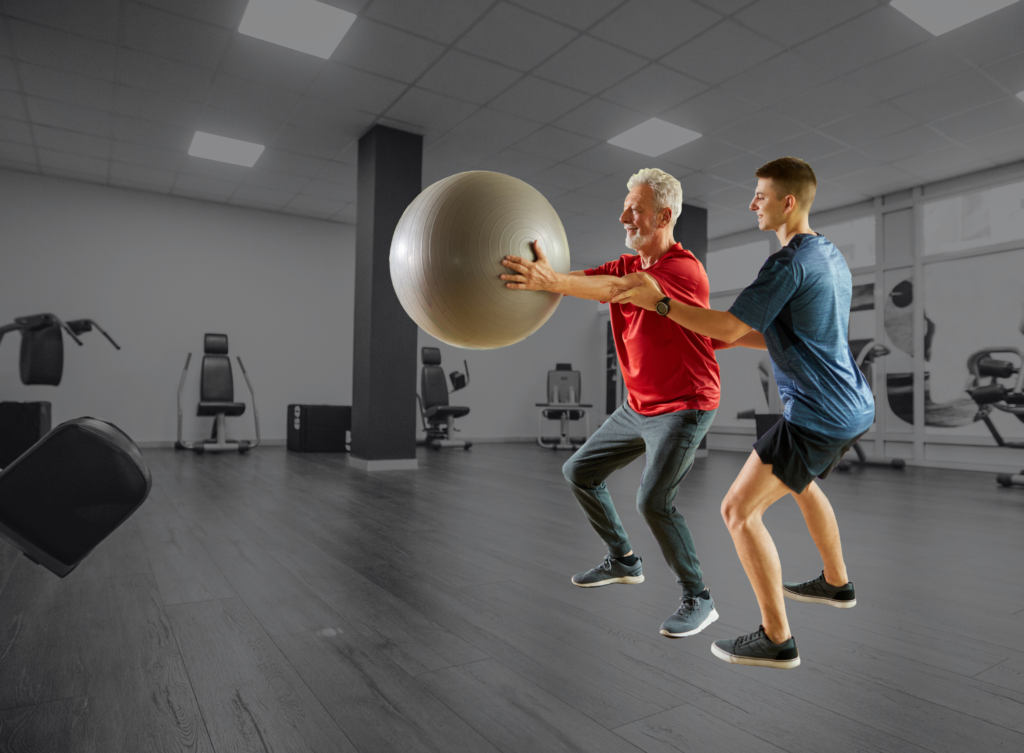What Exercise Science Programs Need to Know to Get Their Students ACSM Certified
The thought of going through the academic program accreditation process may sound daunting—I get it. You wonder what good it will do or if/how it will affect you directly. Before you pass judgement, let’s go on a journey to learn more about the benefits and importance of academic program accreditation.
The first stop on our accreditation journey is understanding the difference between regional and programmatic accreditation. Regional accreditation recognizes that an institution’s degree requirements meet an expected standard. Programmatic accreditation recognizes that a specialized educational program meets standards that adequately prepare students for the workforce. In the big picture, program accreditation is the first step in establishing and recognizing a profession. The subsequent steps in the process include professional certification, continuing competence and professional registration.
The History of Academic Program Accreditation in the Health Sciences
Our next stop is a little trip down memory lane. The Commission on Accreditation of Allied Health Education Programs (CAAHEP) can trace its roots back to the 1930’s where it was a part of the American Medical Association (AMA). At that time, AMA began playing a role in defining, regulating and supervising the growing field of allied health. CAAHEP evolved into the organization that it is today when in 1994 it accredited programs like Athletic Training, Physical Therapy and Physician Assistant. The educational preparation for each program was established by a Committee on Accreditation (CoA). CoA’s oversee the day-to-day work of accreditation by reviewing program self-studies, coordinating site visits and formulating accreditation recommendations for the CAAHEP Board of Directors to consider. Sometimes, as a profession matures, they create their own accrediting body like athletic training. Currently, CAAHEP is the largest programmatic accreditor of health sciences professions.
Next up on our accreditation journey: the Committee on Accreditation for the Exercise Sciences (CoAES), which was first established in 2004 through the creation of the Standards and Guidelines for the Exercise Sciences. CoAES has three separate Standards and Guidelines for different educational levels:
- Personal Fitness Training standards for those seeking an associate degree
- Exercise Sciences standards for bachelor’s degree programs
- Exercise Physiology standards for master’s degree programs.
The three Standards and Guidelines share some common elements but also contain discipline-specific requirements intended to help prepare entry-level practitioners. Therein lies the heart of the profession where specific performance domains and associated competencies can be found. It is important to understand that CoAES was founded and continues to operate under multiple sponsoring organizations, including ACSM, the American Council on Exercise, American Kinesiotherapy Association, American Red Cross, National Academy of Sports Medicine and the National Council on Strength & Fitness, to name a few. CoAES exists to establish standards and guidelines for academic programs that facilitate the preparation of students seeking employment in the health, fitness and exercise industry. CoAES does not dictate the name of your program or inhibit a program’s academic freedom. During the self-study process, programs go through curriculum matching to show where competencies are being taught throughout their curriculum.
As we continue our journey, let’s explore what information CoAES collects. CoAES is an outcome-based accrediting body. CoAES wants to see how the program is preparing exercise science professionals. Thus, outcomes collected include student retention rates, graduation rates, certification exam participation and graduate satisfaction, to name a few. CoAES does not focus on institutional elements like fiscal health, faculty credentials, resource allocation or admissions like a process-based accreditation often does.
Steps Needed to Become and Maintain Accreditation
- The first step is submitting a no-obligation Request for Accreditation Services (RAS) on the CAAHEP website. This lets them know you want to begin the accreditation journey.
- After an RAC is submitted, the CoAES executive director contacts the program director (PD) and shares the information to perform a self-study. This can scare programs away. As a program director that has gone through the self-study process, I can say that it is a lot of work. However, if one is diligent, sets goals and asks for help, it can go smoothly and quickly.
- Once a program submits a self-study, it is reviewed by CoAES and an initial site visit is scheduled and conducted. Following that site visit, CoAES makes its recommendation to CAAHEP regarding accreditation.
- Upon accreditation, a program must submit a standardized annual report to CoAES outlining any changes that have occurred and reporting on the required outcomes.
- A program will receive a comprehensive review and site visit at five (5) years and then every 10 years thereafter.
Associated Costs
In an era where higher education is struggling for funds, enrollment is down and cuts are being made, exercise science programs need to know the cost. For initial accreditation there is a $750 fee from CoAES and a $600 fee from CAAHEP. These are one-time fees. A program will then pay an annual fee of $500 to CoAES for each program and an annual institutional fee of $600 to CAAHEP (one fee regardless of the number of programs). Thus, an annual fee of $1,100 is due for each program (if there is only one accredited program). Due to the financial hardships that have occurred recently, CoAES has instituted a COVID Relief Program. It will waive the initial $750 accreditation fee for any college or university that submits a new RAS through the spring 2022 semester for Personal Fitness Training, Exercise Science or Exercise Physiology. Any associated site visit fees will also be waived as long as CoAES continues to conduct virtual site visits. This could culminate in a savings between $1,500 to $3,000.
This has been a long, yet important, journey. As an educator in this field, I value the guidance and academic freedom that programmatic accreditation has provided. As a PD that prepares undergraduate students to become exercise professionals, I see the value of accreditation every day, especially when I speak to former students employed in our field. Finally, as an ACSM Certified Exercise Physiologist (ACSM-EP®), I see programmatic accreditation as the first critical step in moving the profession forward.
Beginning August 15, 2027, the ACSM Certification Board intends to update the minimum requirement for the ACSM-EP and ACSM-CEP certification exams for degrees to be earned from a regionally accredited college or university and CAAHEP accredited program. Learn more.
Ben Thompson, PhD, FACSM, ACSM-EP, is a Program Director and Professor of Exercise Science at Metropolitan State University of Denver (MSU Denver). Ben’s journey began when he was hired at MSU Denver and participated in their accreditation which led to being recognized as an accredited Exercise Science program. As his journey continued, he has been involved in many aspects of the exercise profession. He has served on and been the chair of the Committee for Certification and Registry Boards (CCRB) Credential Committee for the Certified Exercise Physiologist, served and presented with the Health and Fitness Summit and has been involved with the Committee on Accreditation for the Exercise Sciences (CoAES) as an at-large member and most recently as the chair. Ben will continue his journey to help move the exercise profession forward.




